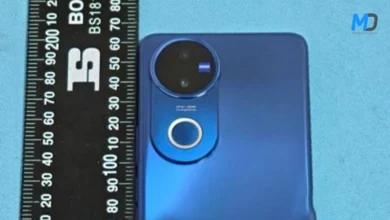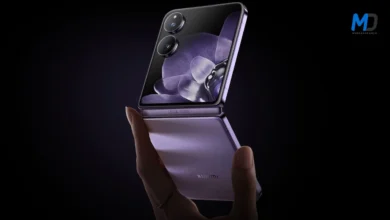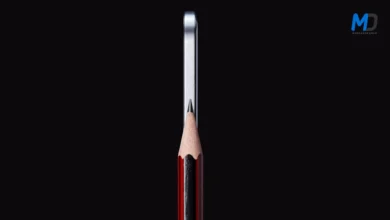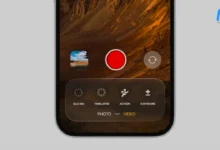Oppo Reno7 lineup LDI design process detailed ahead of February 4

Oppo Reno7 lineup LDI design process detailed ahead of February 4. The Oppo Reno7 series unveiled in November in China will start its journey across the globe on February 4 and begin with India. The line-up includes Reno7, Reno7 SE, and Reno7 Pro. We’ve learned that the Pro model will debut in India.
However, Oppo hasn’t announced if it will introduce both basic or SE models to the Asian nation or leave one out. As we wait for confirmation of what number of Reno7 phones to launch in India in the coming the next week, Oppo provides a detailed description of the development process for the LDI technology that we’ll be seeing worldwide Reno7 models. Reno7 series. LDI, which means Laser Direct Imaging, is utilized to design PCBs for aviation.
Additionally, Oppo claims that its engineers spent three years making “aircraft-grade” LDI, which can be used to produce 1.2 million micro-etchings that have 20 microns of width across the smartphone’s back panel. The phone’s back covers a visual and textural appearance of shooting stars which Oppo describes as “Aircraft-Grade Shooting Star Design.”
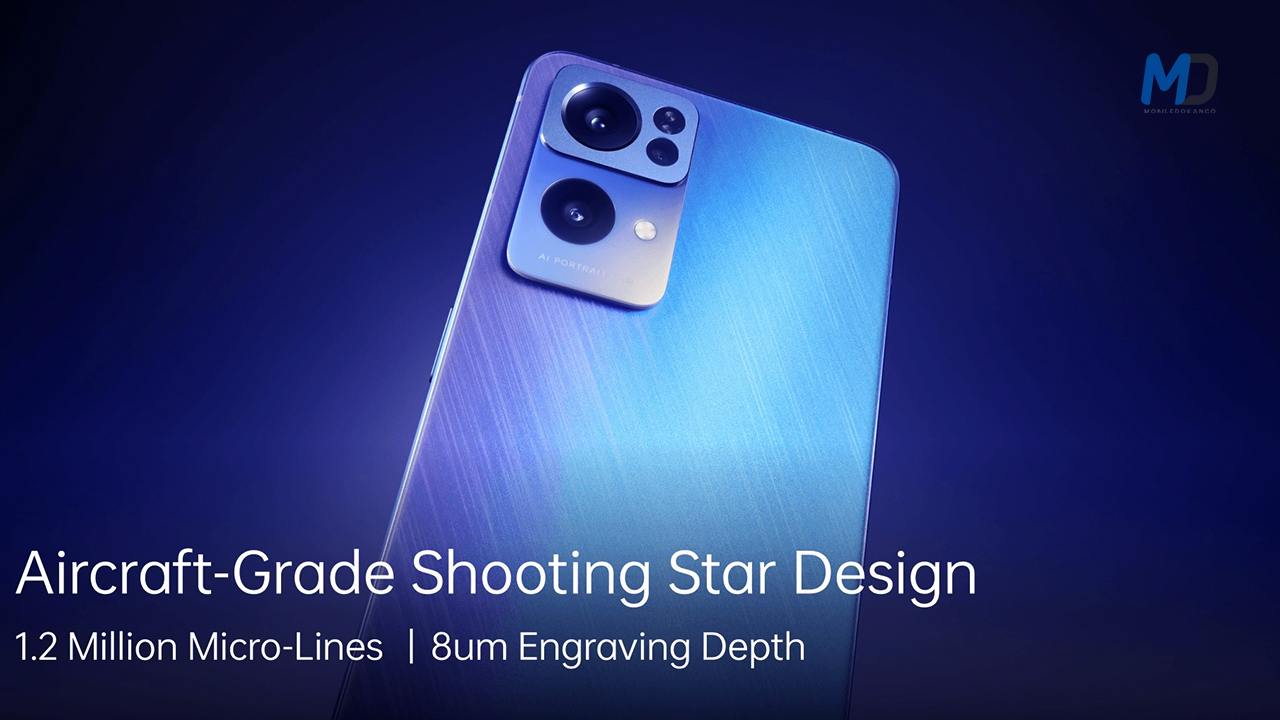
Furthermore, the micron-scale etchings assist Oppo to achieve a matte bristled finish on top of that Oppo Glow layer that is an update of the Reno Glow design that we saw at the Oppo Reno6 Pro last year. The initial step of the LDI process is to apply a UV-protective coating on the phone’s glass face to block the glass from being chemically cut during the subsequent processes.
Oppo Reno7 lineup LDI design process detailed ahead of February 4
The protective layer can also help increase the precision of laser engraving because of its ability to absorb light. Following this, the other side of the glass is the one that faces users and is then lined with a photoresist coating to produce stars in the Reno7 series. This creates the appearance of a “dynamic optical effect” when you look at the phone from various angles. Oppo also reveals something concerning the camera component located on the rear of the phone.
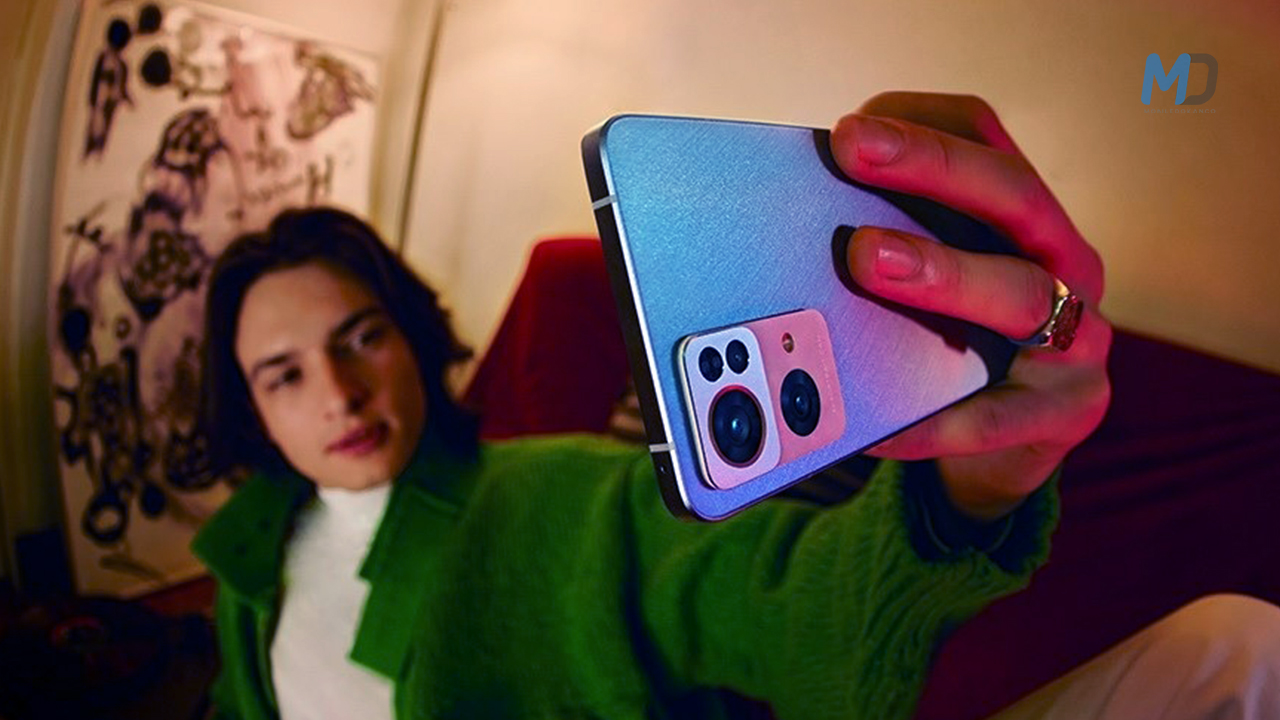
The design of the island is known as Twin Moon Camera Design, with the upper portion decorated with metal and the lower part covered with ceramic “to provide a contrasting but premium experience.” The manufacturer also claims it is its Reno7 Pro that features a color bezel of the lens composed of zirconia. This is the first time in the history of the business. Zirconia’s hardness is 8.5 compared to 5.5 in stainless steel and is coated with a more rigid, slightly protruding layer to shield the lens surrounded by protecting it from scratches.
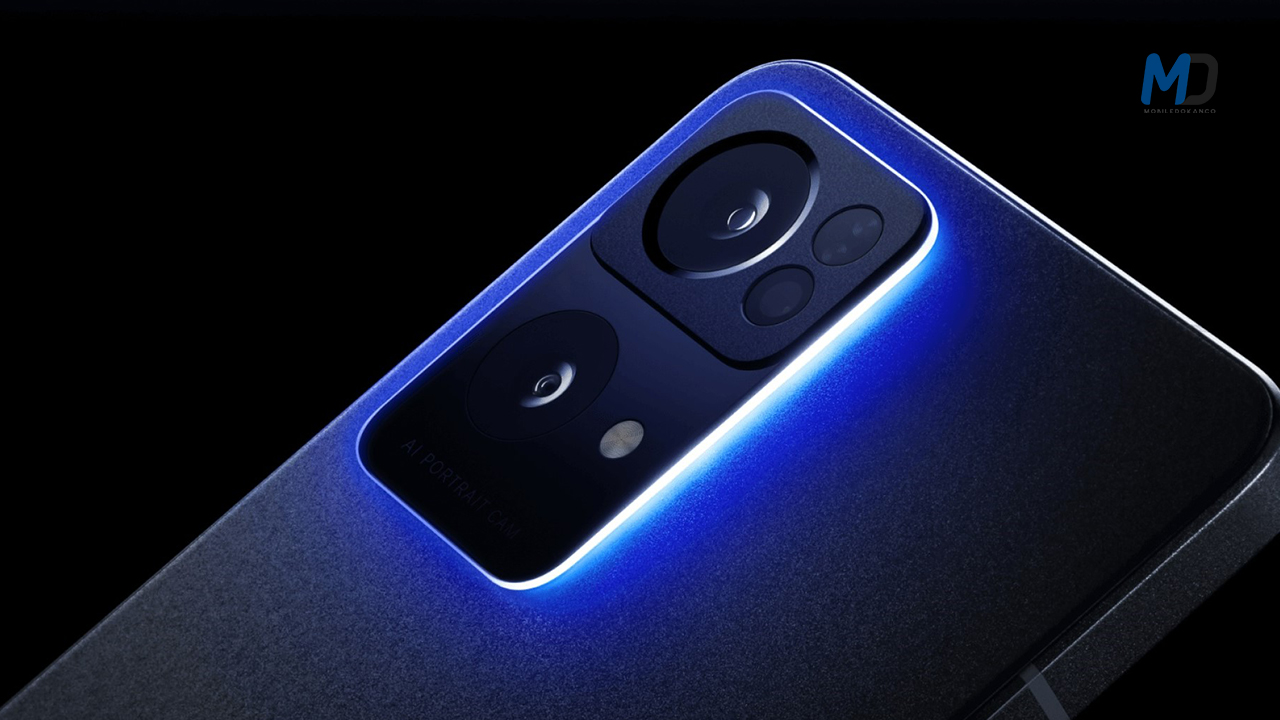
Additionally, the camera module, the Reno7 Pro’s module, has breathing lights surrounding the lens, and Oppo has employed a 1mm diameter fiber stretched to cover the camera’s area. The fiber emits soft, blinking light when the smartphone is charging or receiving an SMS or call. Oppo confirmed that the global Reno7 Pro would pack a 4500mAh battery, similar to its Chinese counterpart.
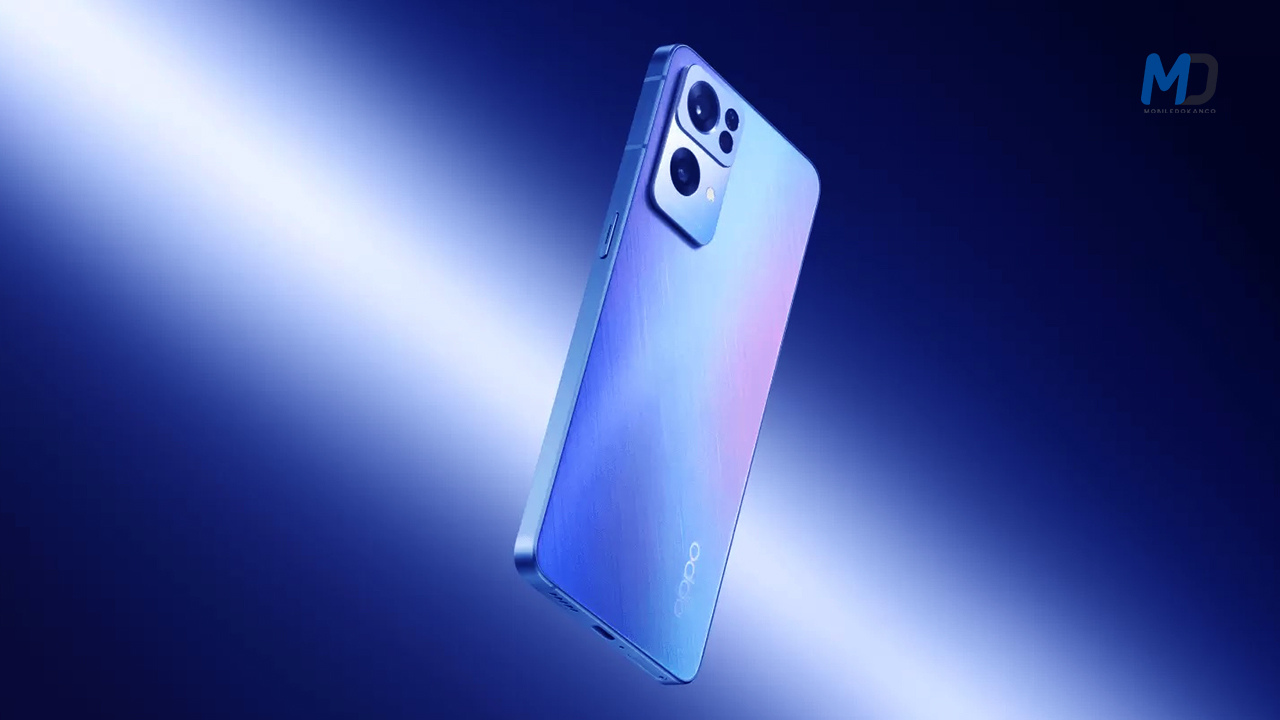
The phone will also feature an aluminum frame and a 2.5D round design that claims to be able to fit in your palm comfortably. But, due to the flat edges, the question remains how it will feel Reno7 Pro will be to handle. Oppo hasn’t revealed details of the worldwide Reno7 Pro’s specifications sheet yet, but they have said it would come sporting the Dimensity 1200-MAX SoC and 65W charging along with the wireless PC Connect. The phone will measure 7.45mm thick and feature Sony’s IMX709 and the IMX766 sensors.




